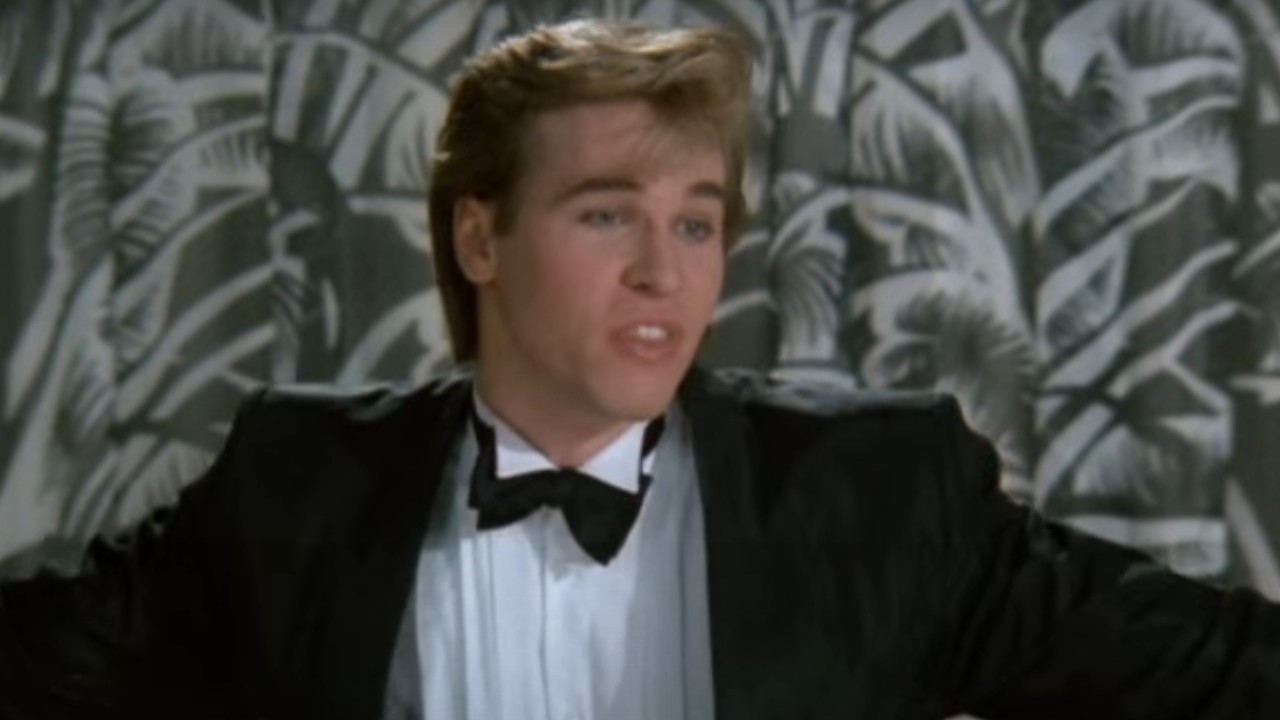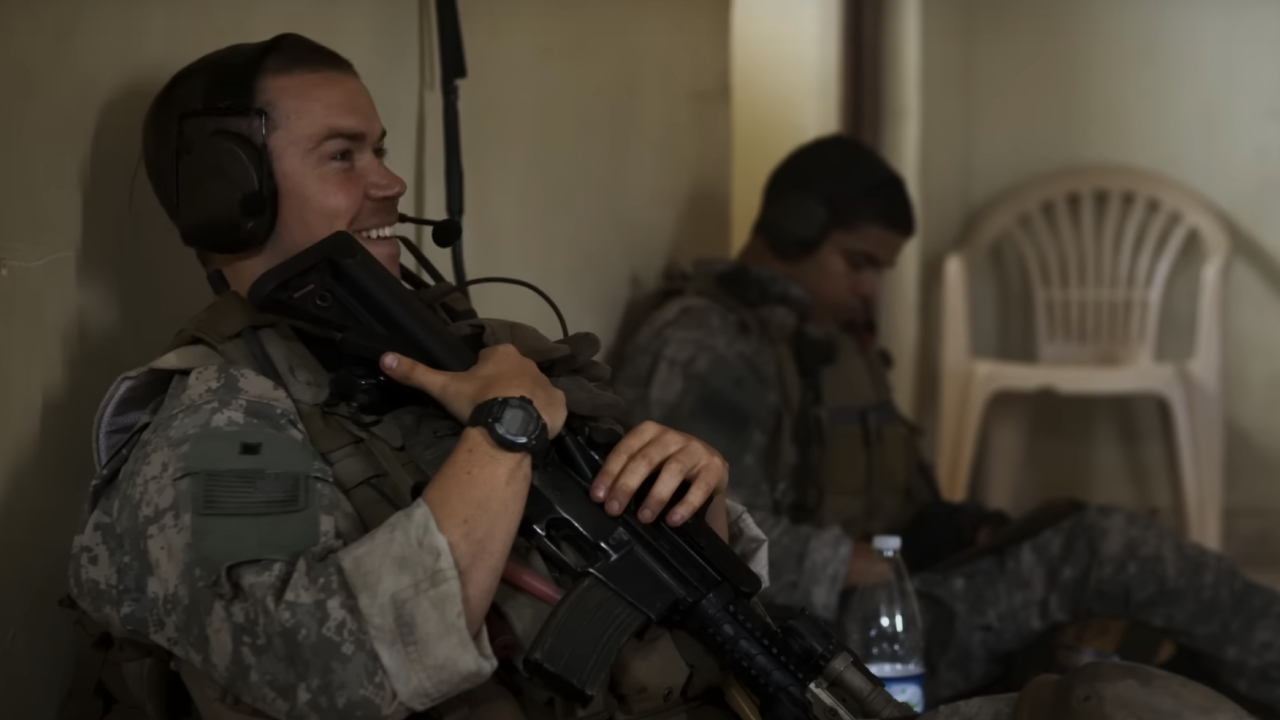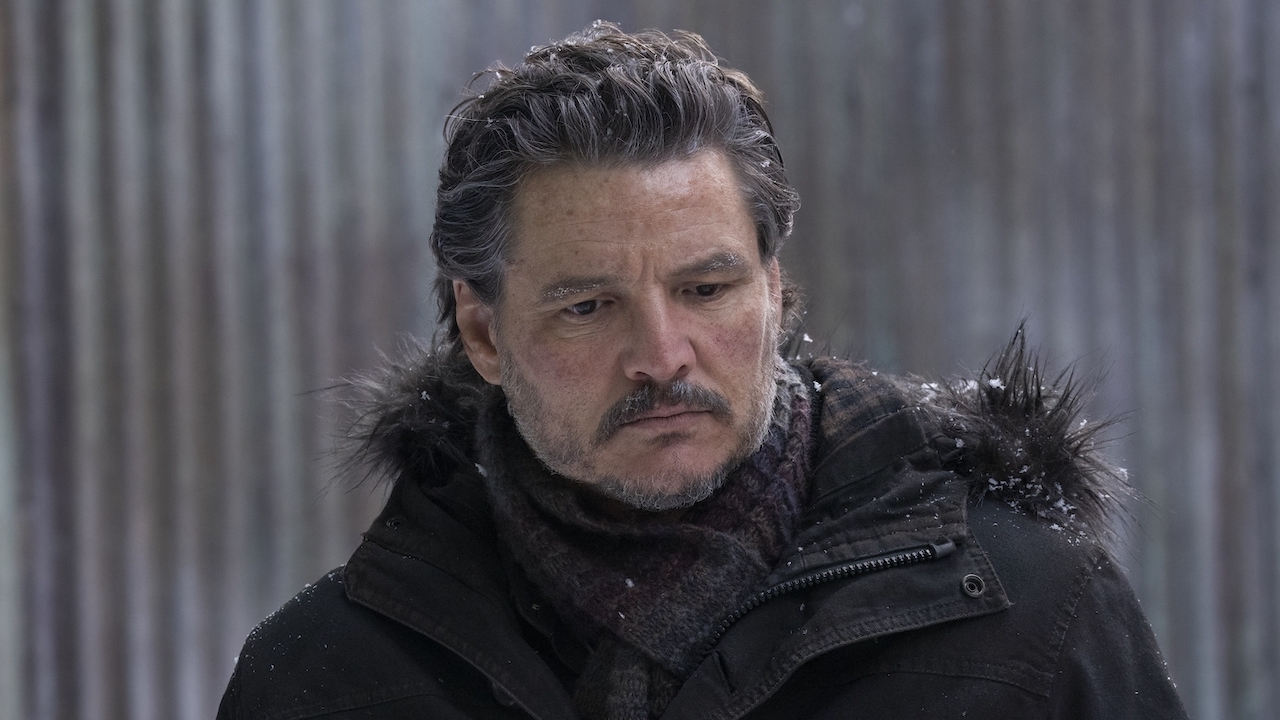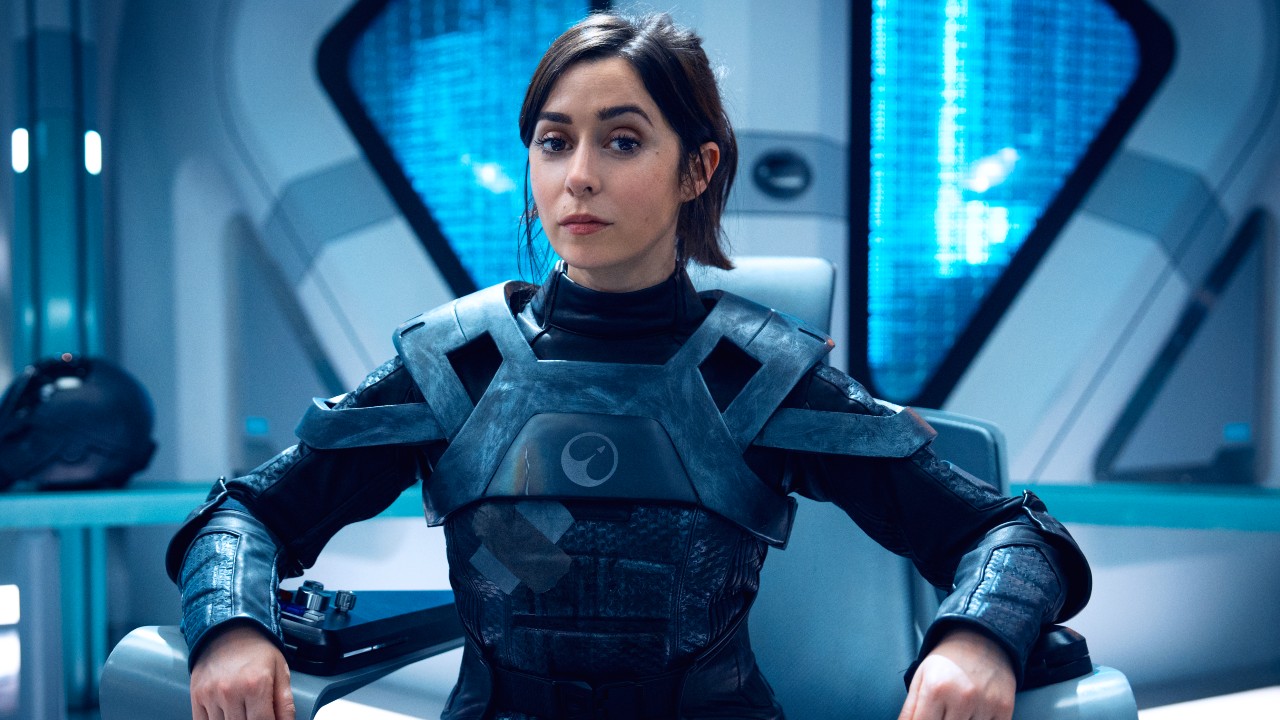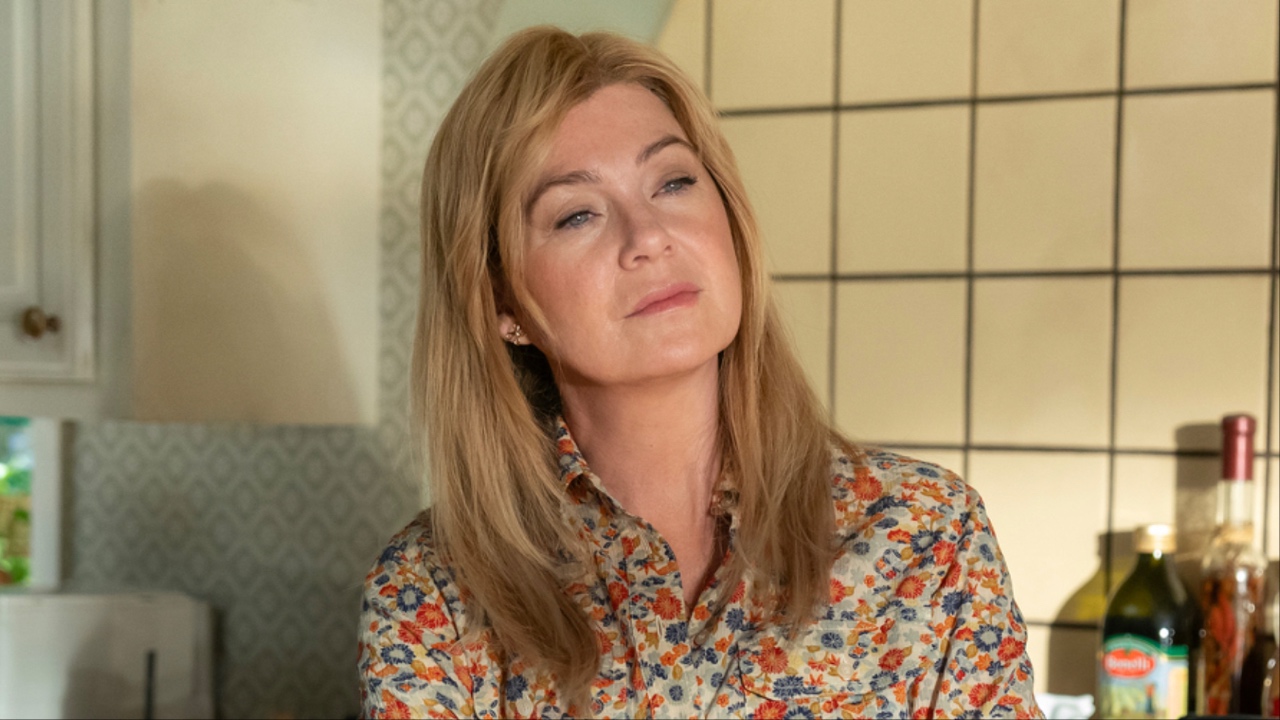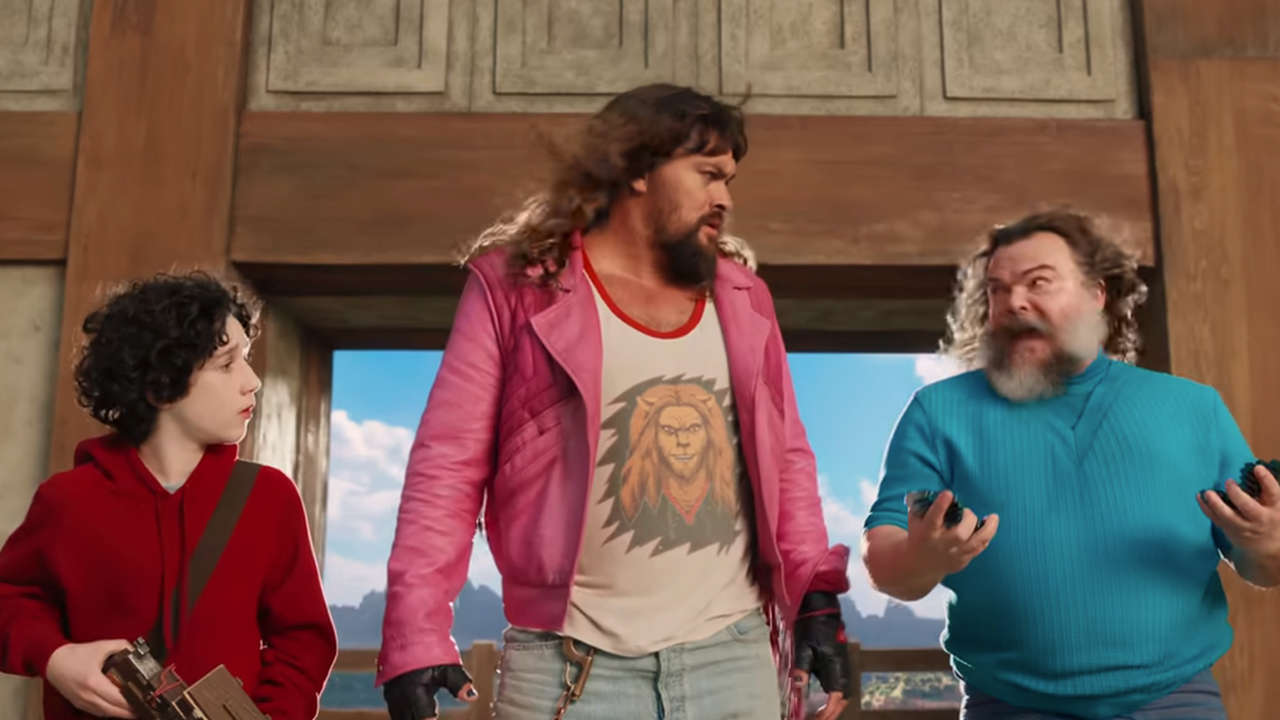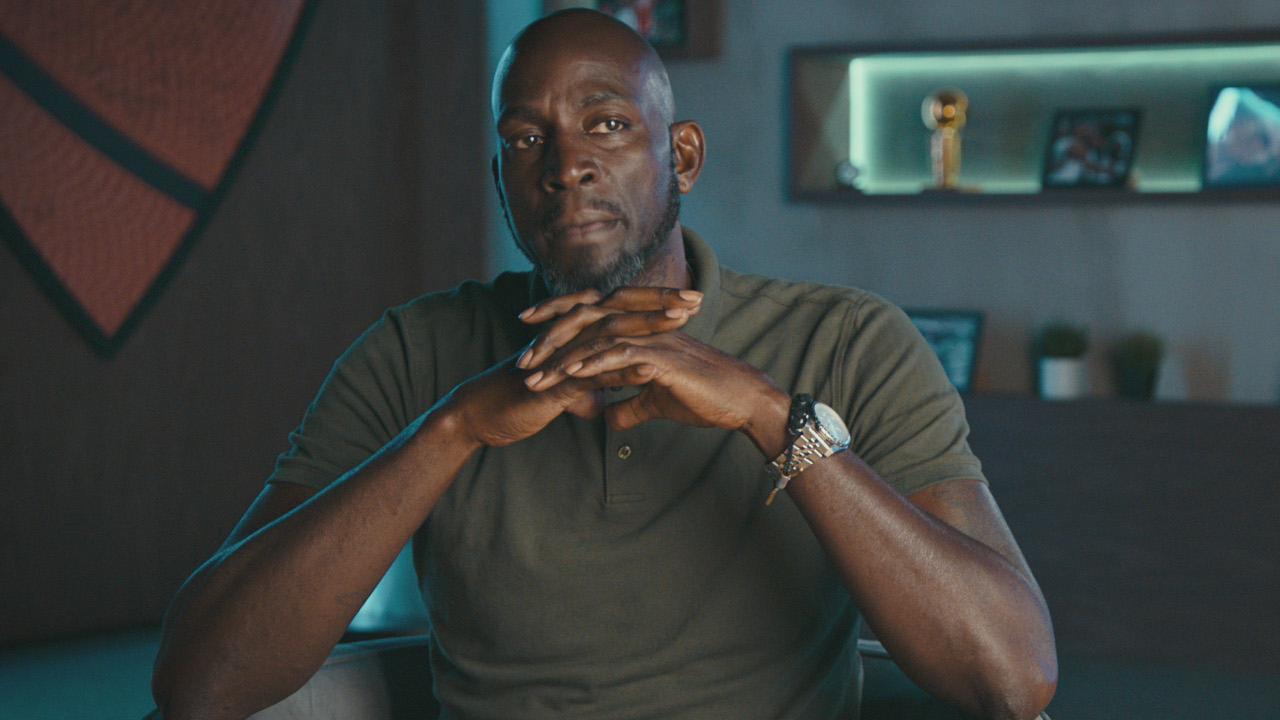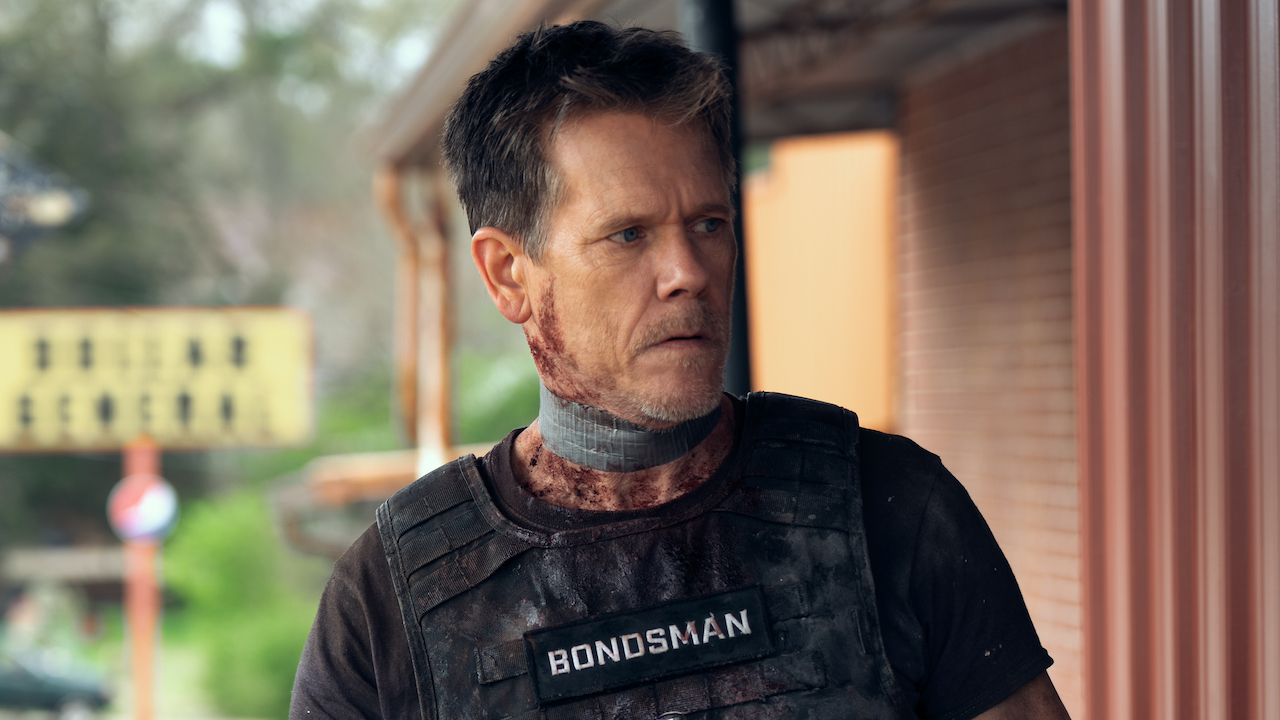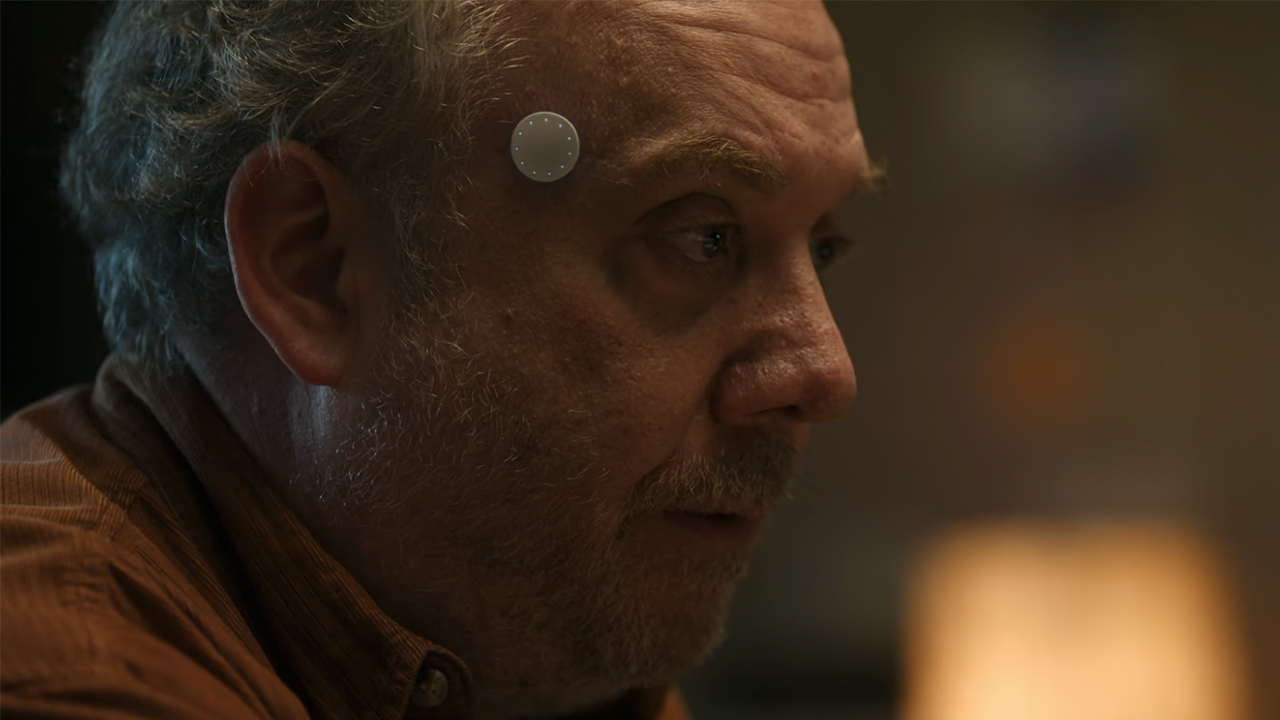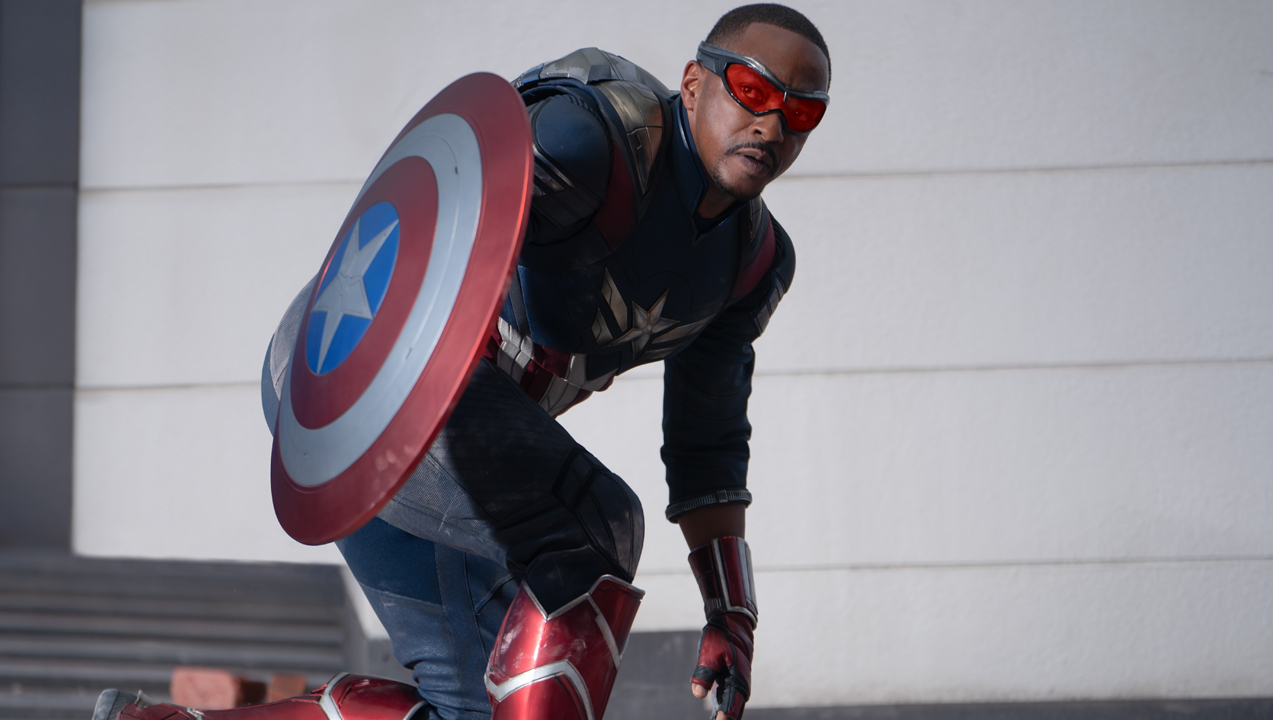Pixar Movies: 10 Behind-The-Scenes Facts About The Making Of The Studio’s Films
The stories behind Pixar's best movies.
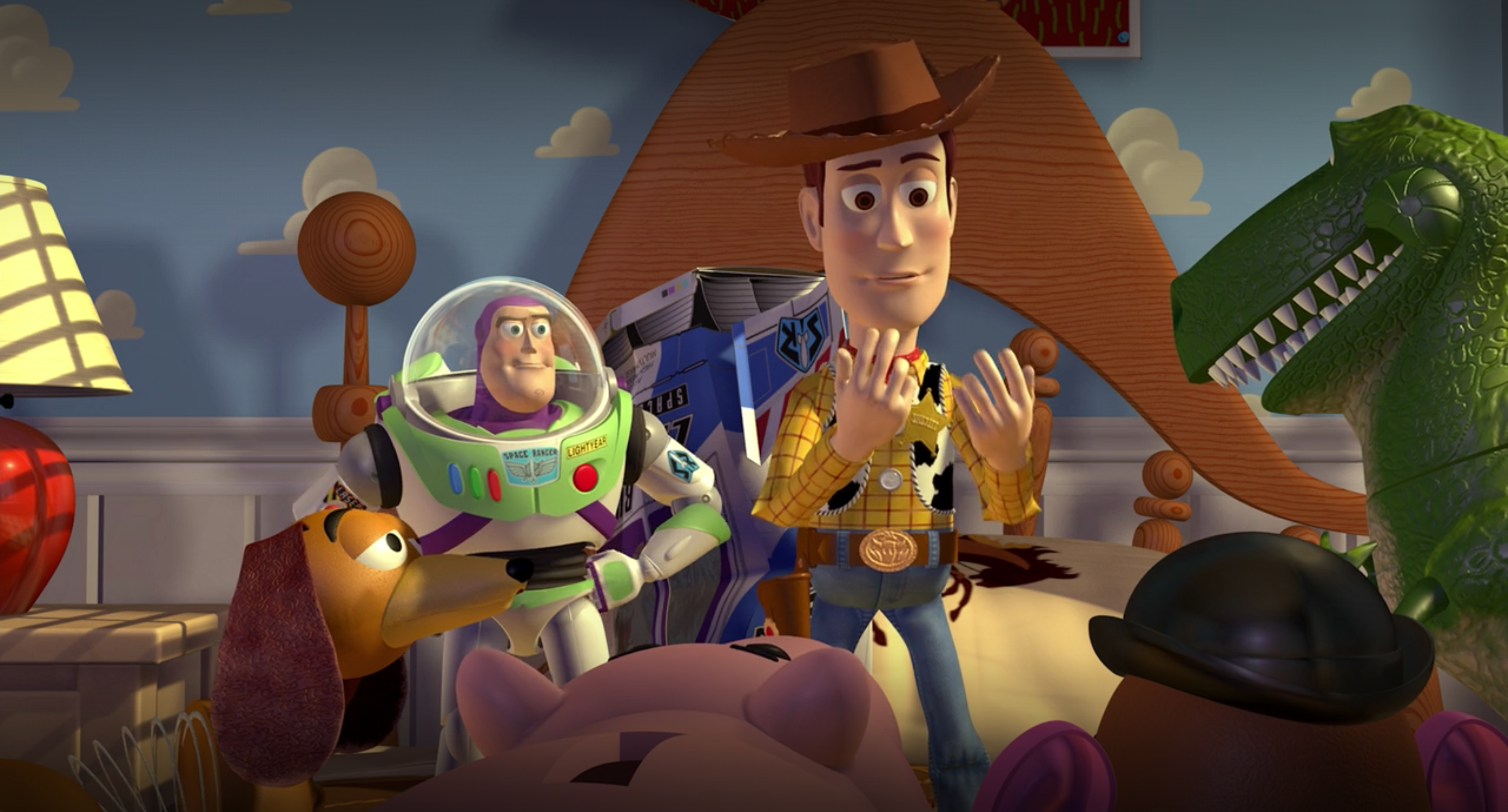
It has been more than a quarter of a century since Toy Story opened in theaters and completely changed the landscape of animated feature films. In that time, there have been several dozen beautifully written, animated, and acted Pixar movies (as well as countless titles from other studios who followed in their wake), introducing generations of moviegoers to imaginative worlds on ground, underwater, and in the heavens, enchanting them with unparalleled imagination and attention to detail.
But, some of the stories from the making of the best Pixar movies, like Finding Nemo, Wall-E, and Inside Out, are just as fascinating as what ended up on the screen, and we’re going to explore those stories with these behind the scenes facts.
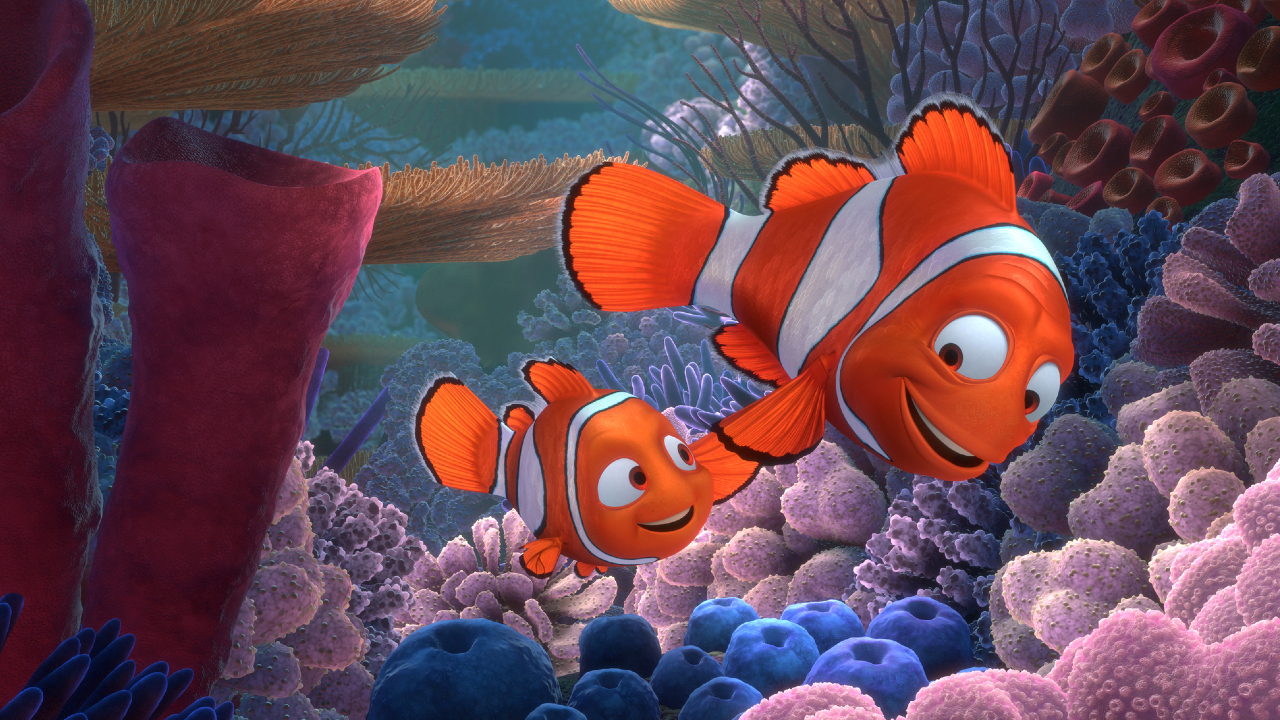
The Pixar Team Came Up With The Ideas Behind Four Of The Studio’s Biggest Films During A Lunch Meeting In 1994
Sometimes, writers, directors, and studios come up with some of their best ideas over the course of several years or even decades, but that was not the case for the braintrust at Pixar, who came up with several ideas that would later become successful films all during one lunch meeting.
In the summer of 1994, when the team was still hard at work on their feature film debut, Toy Story, several of the members went out to lunch and came up with the basic premises and characters that would one day be brought to life in A Bug’s Life, Monsters Inc., and Finding Nemo, three of the most beloved titles from the studio’s early offering of movies. In a 2008 New York Times article about that fateful lunch, it was revealed that not only did the studio come up with three of its first five movies in a single meeting, they also drew up what would later become Wall-E, a project that wouldn’t see fruition until 14 years later.
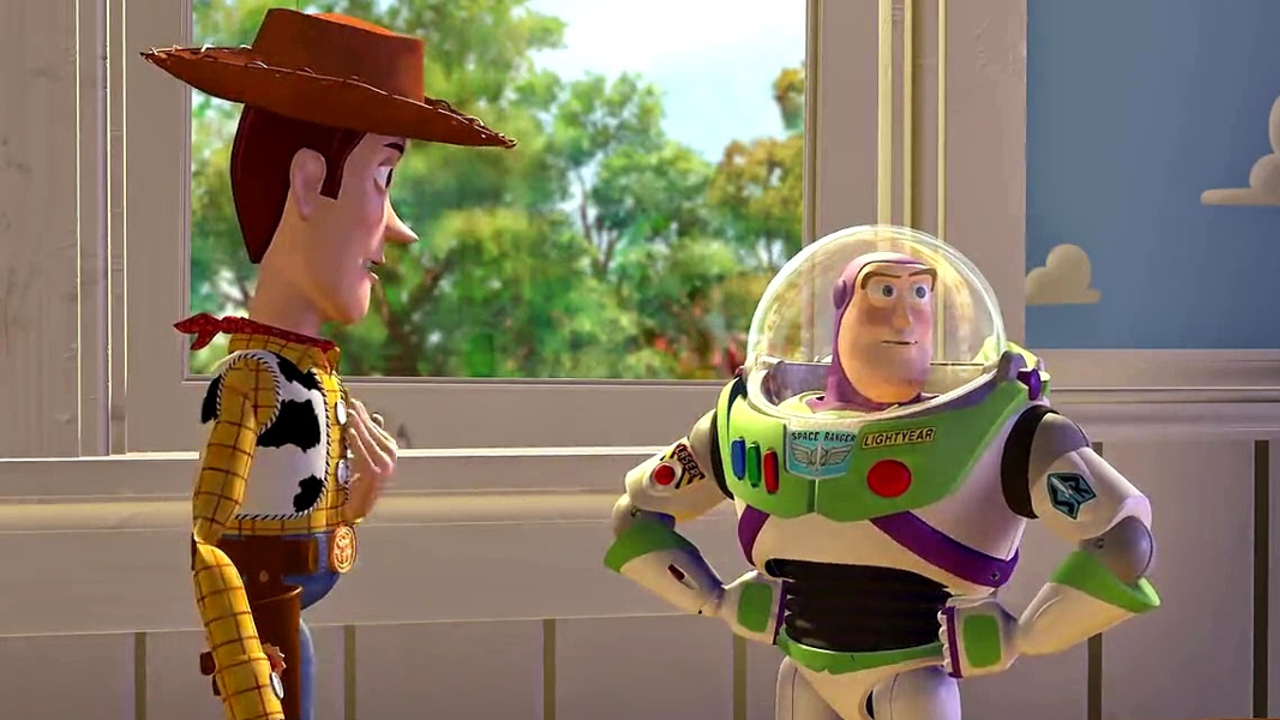
The Toy Story Cast Had To Go Back And Record Every Bit Of Dialogue A Second Time
The Toy Story cast was one of the greatest group of voice actors ever assembled at the time of its November 1995 release, and is still remembered for the way in which they brought inanimate objects to life and gave them a wide range of emotions and actions never before seen.
But, the work by the cast began many years earlier, in 1991, when they began recording the first version of the movie, a version that was later scrapped. In a 2019 interview with BBC Radio 1, Tom Hanks recalled the experience:
We recorded an entire version of Toy Story that didn’t quite work the way they wanted it to and so we went back and recorded a brand new version of it.
This decision to go back and record a new version of Toy Story was the result of the infamous “Black Friday” incident, in which Disney executives put the production on hold because they were not pleased with the tone of the film and depictions of certain characters, according to a 1995 EW story on the film’s tumultuous production. Basically, the movie wasn’t fun and Woody was a massive jerk, and changes needed to be made.
CINEMABLEND NEWSLETTER
Your Daily Blend of Entertainment News
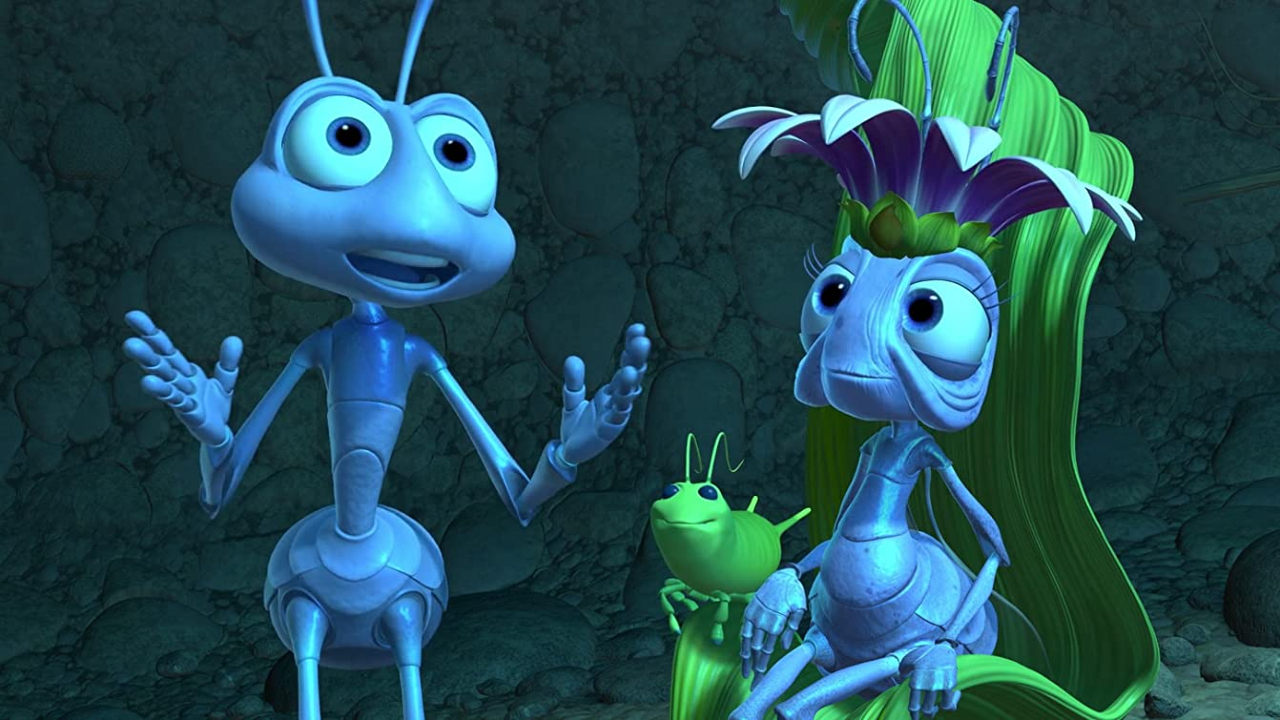
Pixar Used A ‘Bugcam’ To Capture Research Footage While Designing A Bug’s Life
Pixar’s second feature film, A Bug’s Life, was a technological achievement in terms of animation and attention to detail upon its release in 1998 (and remains so 23 years later), and a lot of that has to do with countless hours of research the team conducted during the project’s development.
In a documentary about A Bug’s Life that accompanied its home release, co-director John Lasseter revealed that the team of animators constructed a “Bugcam,” essentially a small camera on a set of wheels, that they then used to capture the world as insects and small animals see it. This footage, which featured close-up shots of various grasses, flowers, and other plants, influenced the look of the film and opened the animators’ eyes to the finer details of the microcosms.
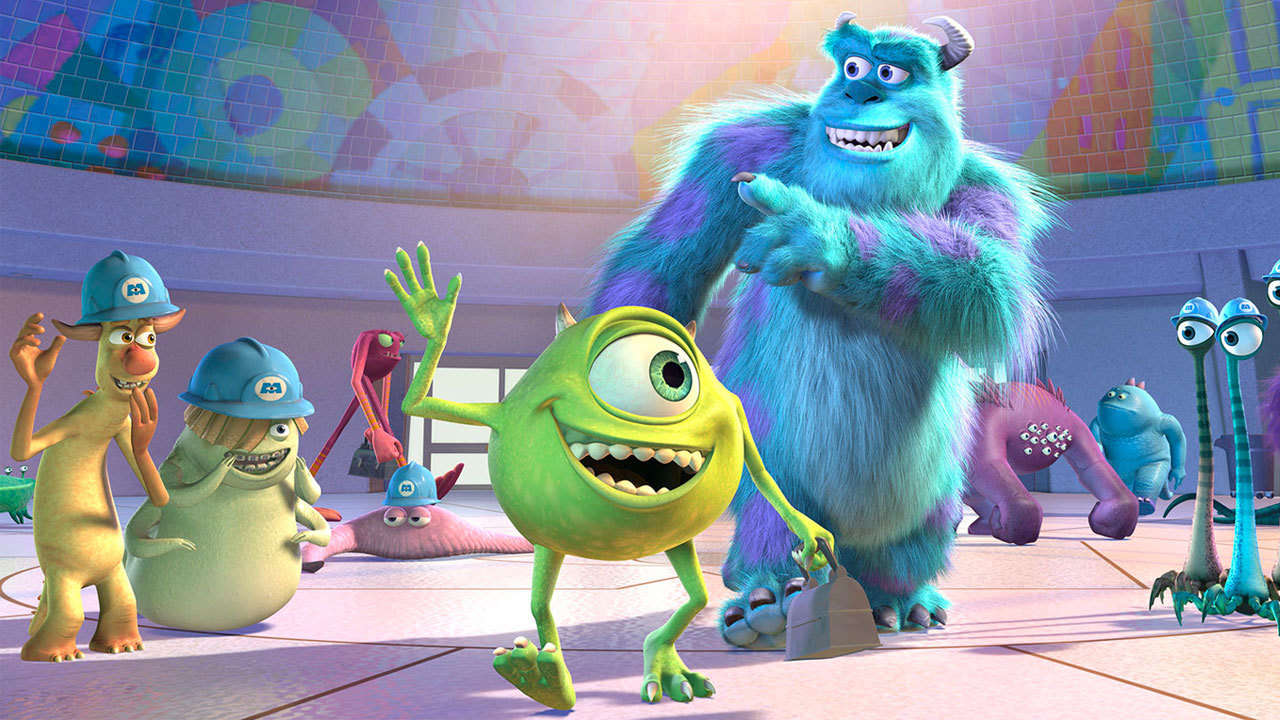
Pixar Created A Hairball For Fur Tests In Monsters, Inc. And Pete Docter Liked Them So Much It Was Used For Background Characters
During the early planning stages for Monsters, Inc., the team at Pixar developed a technology that allowed them to create near-photorealistic hair that ended up being used to bring the various creatures to life in the final version of the movie.
To test out this new technology, the team created a character dubbed “Hairball” that could simulate different types of hair and fur in an assortment of different situations. In the documentary Monsters, Inc. — CGI Making Of, Thomas Porter and Steve May revealed director Pete Docter became so attached to “Hairball” that the team ended up making different variations of the creature that were then inserted into the background throughout the movie.
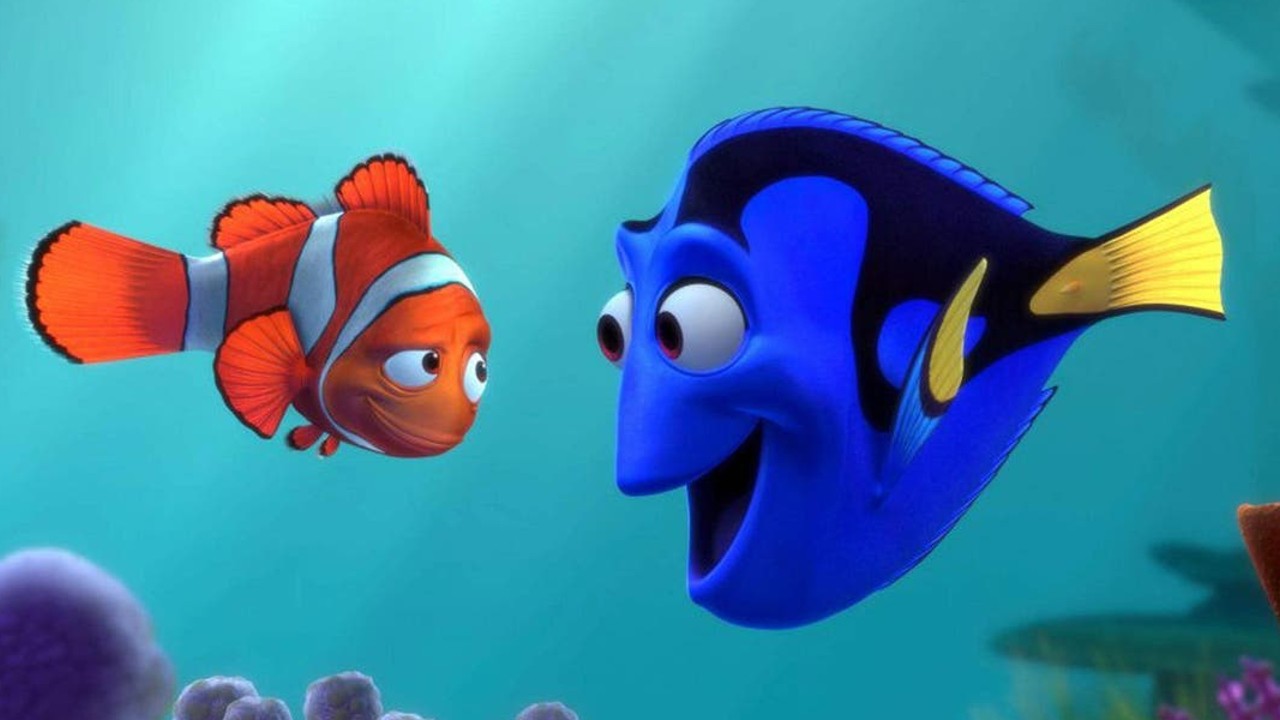
Finding Nemo’s Director Completely Reworked The Dory Character Because Of An Episode Of Ellen
Dory will forever go down as one of the most beloved Pixar characters, but the iconic tang fish who helps Marlin relocate his missing son in Finding Nemo was originally something entirely else. During a 2020 conversation with the Los Angeles Times, writer-director Andrew Stanton admitted that he initially wrote the character as male, but was having major writer’s block and just couldn’t get things to work out. Then, he overheard Ellen DeGeneres on a show his wife was watching, and it changed everything:
I heard [DeGeneres] change the sentence — the subject of a sentence — five times before she got from beginning to the end, and a light bulb went off. That was an appealing, progressive way to be able to do short-term memory that wouldn’t get old really quick. And then I couldn’t get her voice — her literal voice — out of my head, and suddenly all the writer’s block I had just unloaded. And then I started to think, ‘Well, why not? Why can’t it be a female? And why can’t it be a platonic relationship?’
That random episode of Ellen not only changed the course of Finding Nemo, it also gave Pixar one of its most popular movies, and a spinoff based on Ellen DeGeneres’ character later on, with Finding Dory.
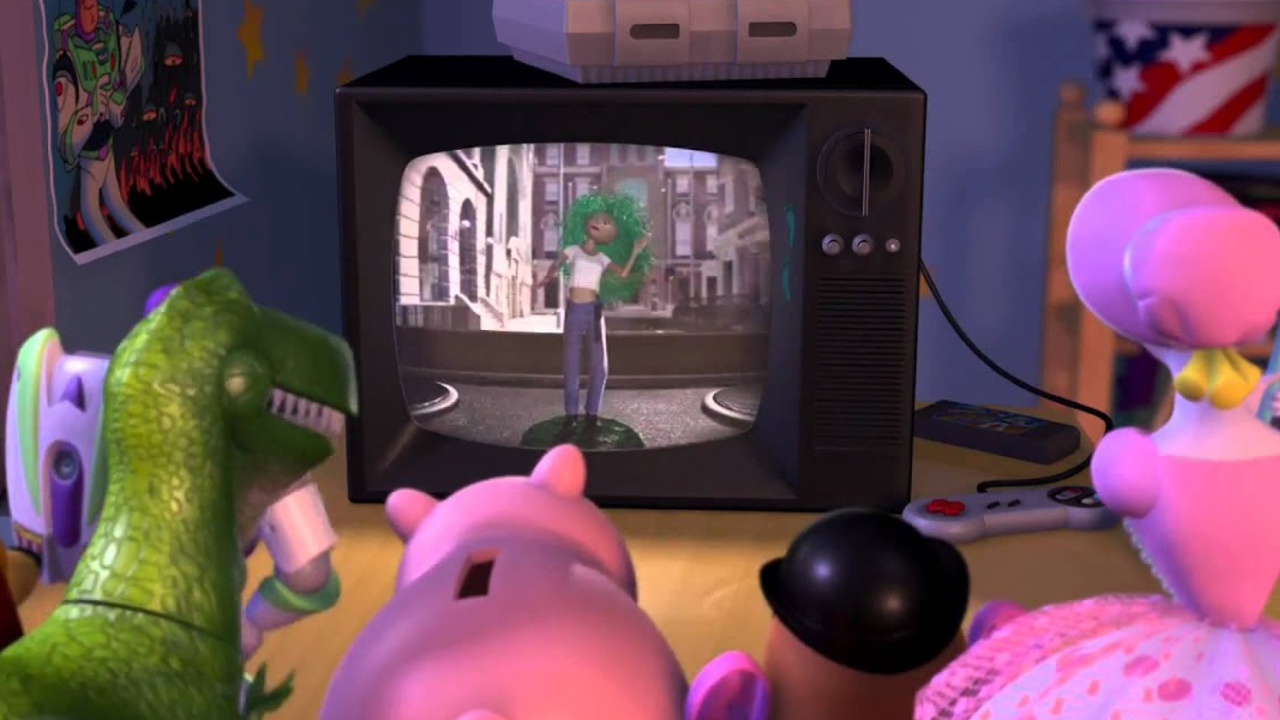
Toy Story 2 Was Almost Lost After Pixar Accidentally Deleted The Animation Files Prior To Its 1999 Release
For many, Toy Story 2 is the best entry in the franchise, but there was a point during production of the 1999 sequel where it looked like all was lost. According to The Independent, the animation files that would populate the movie were accidentally deleted when someone mistakenly ran a command that essentially deletes all the files in a specific system, meaning everything that the team had worked on up to that point was gone.
When the first attempt to secure the files from the backup system failed (Pixar discovered that the backup program hadn’t been working for a month leading up to the mishap), it was discovered that supervising technical director Galyn Susman had the files on her home computer, because she had been working at home following the birth of her son. The team was able to secure the files and save Toy Story 2 from an unfortunate death.
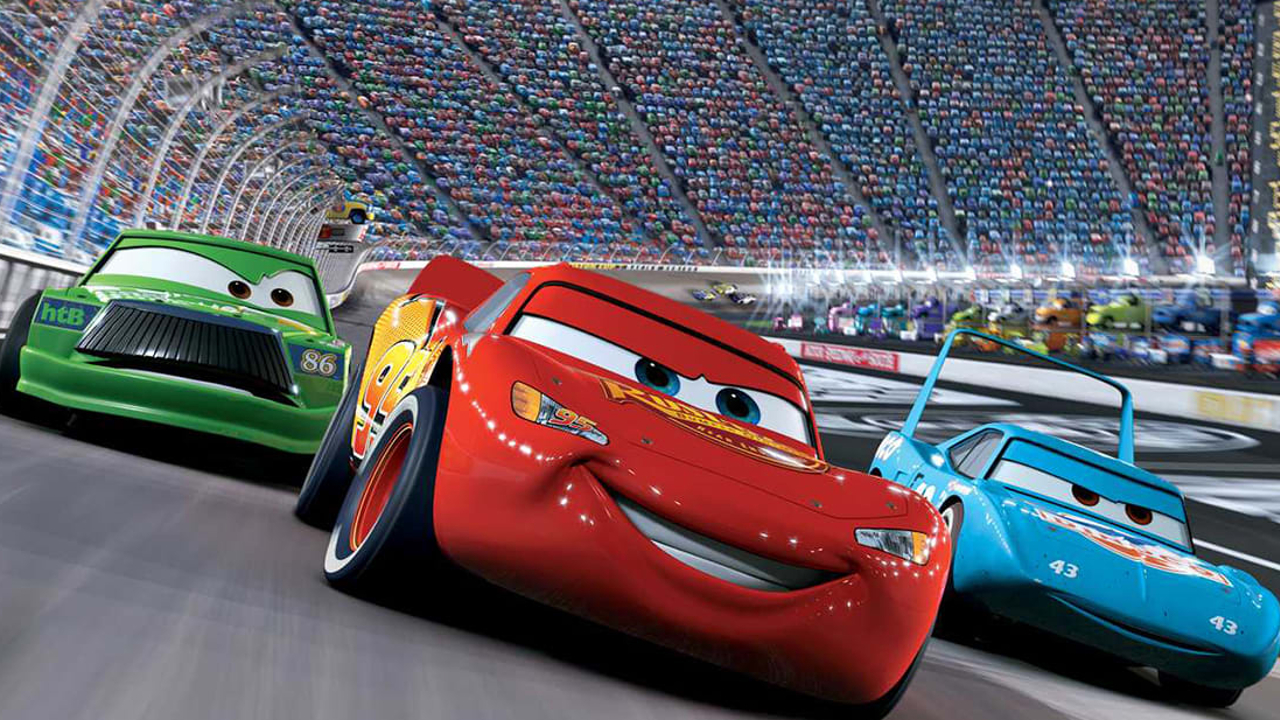
The Original Version Of Cars Didn’t Focus On Lightning McQueen, But A Yellow Electric Vehicle
The 2006 Pixar film, Cars, introduced one of the studio’s most popular characters, Lightning McQueen, but the original plan for the movie called not for a cocky race car but a yellow electric vehicle who was to embark on a much different journey than Owen Wilson’s high-octane hero.
In The Art of Cars, John Lasseter revealed that the movie grew out an idea (around the time of A Bug’s Life’s production) called The Yellow Car, which focused on an electric car living in a small town (like Radiator Springs in the final version) who was disliked by the other cars because of his differences. Ultimately, Lasseter said there wasn’t enough there to make a feature film. However, several concepts and characters from The Yellow Car found their way into Cars a decade later.
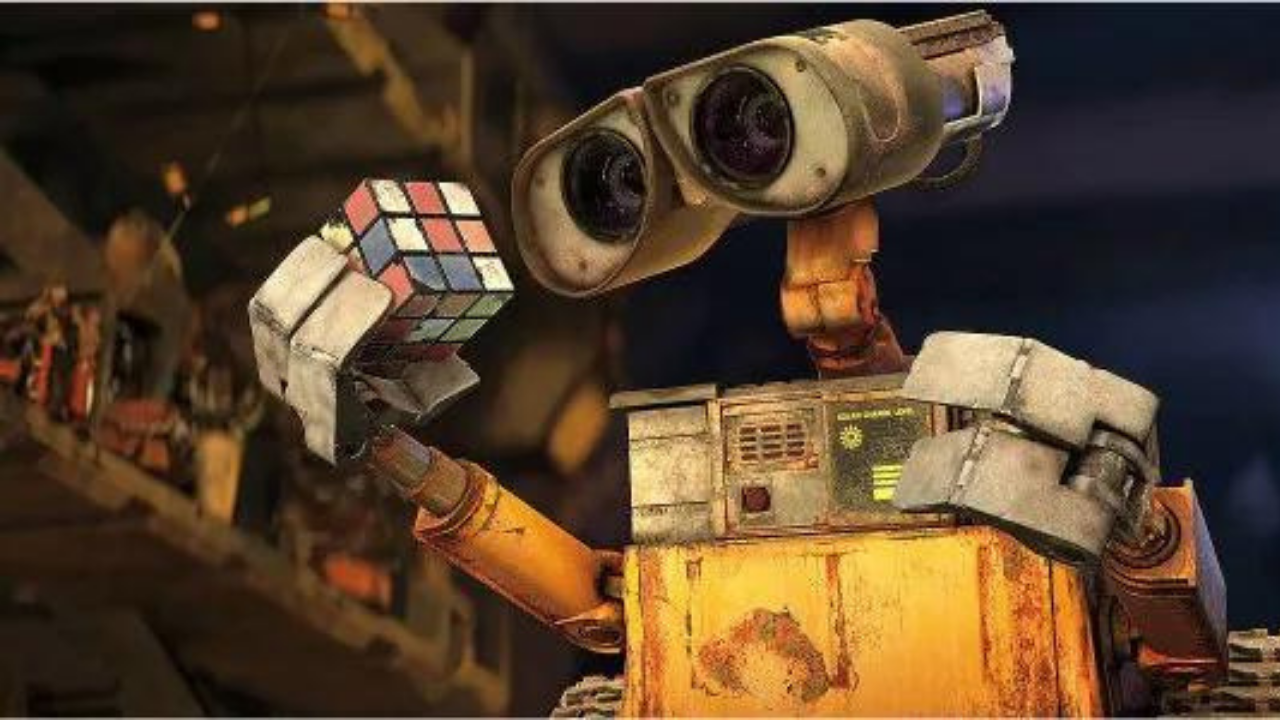
Pixar Animators Went On Field Trips To Dumps In Oakland, California, To Conduct Research For Wall-E
The post-apocalyptic and lonely world featured in Wall-E is at times one of the most disgusting settings featured in a Pixar movie and at others one of its most beautiful. To better imagine a planet long deserted by humans after the effects of pollution and mountains of trash made it beyond repair, the crew at Pixar went on a rather unique research trip. A 2008 Rotten Tomatoes piece breaking down the production of Wall-E revealed that artists visited multiple dumps in and around Oakland, California, where they studied the textures and colors of what they found to bring a sense of reality to their animated film.
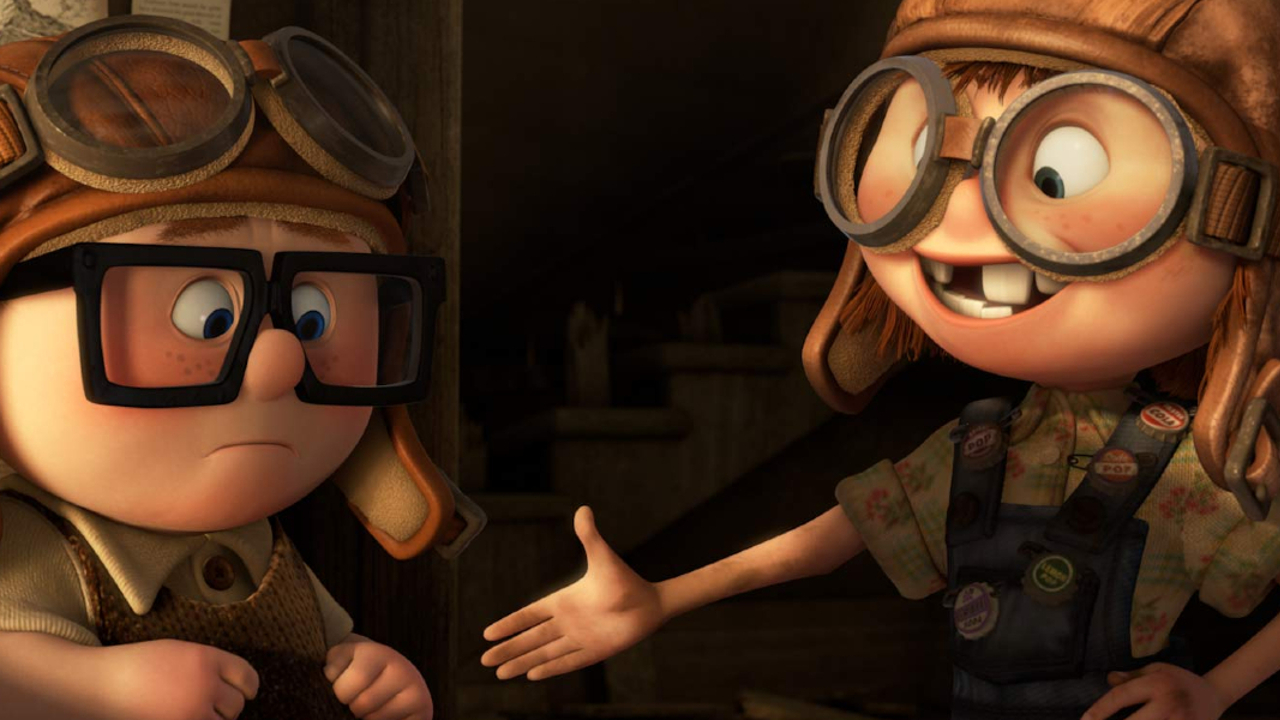
The Emotional Opening Montage In Up Was Inspired By Random Home Videos The Pixar Crew Found On Ebay
The opening montage in Up remains one of the most emotional segments in any Pixar movie for the way it perfectly captured the ups and downs of the life shared by Carl Fredricksen (Ed Asner) and his wife, Ellie. In a 2010 Los Angeles Times interview, director Pete Docter revealed that composer Michael Giacchino bought a random collection of home videos on eBay that they then went through to come up with ideas for the iconic sequence:
And we had no idea who the people in them were, but we’d watch their lives progress and piece them together -- we’d note, ‘Oh, now there’s a new kid in the picture. And what happened to that person? I guess they must’ve moved away.’ It was strangely compelling.
From there, the team at Pixar began piecing together the lives of these random people and eventually came up with the sequence of events that ended with one of the most emotional deaths the studio has ever created.
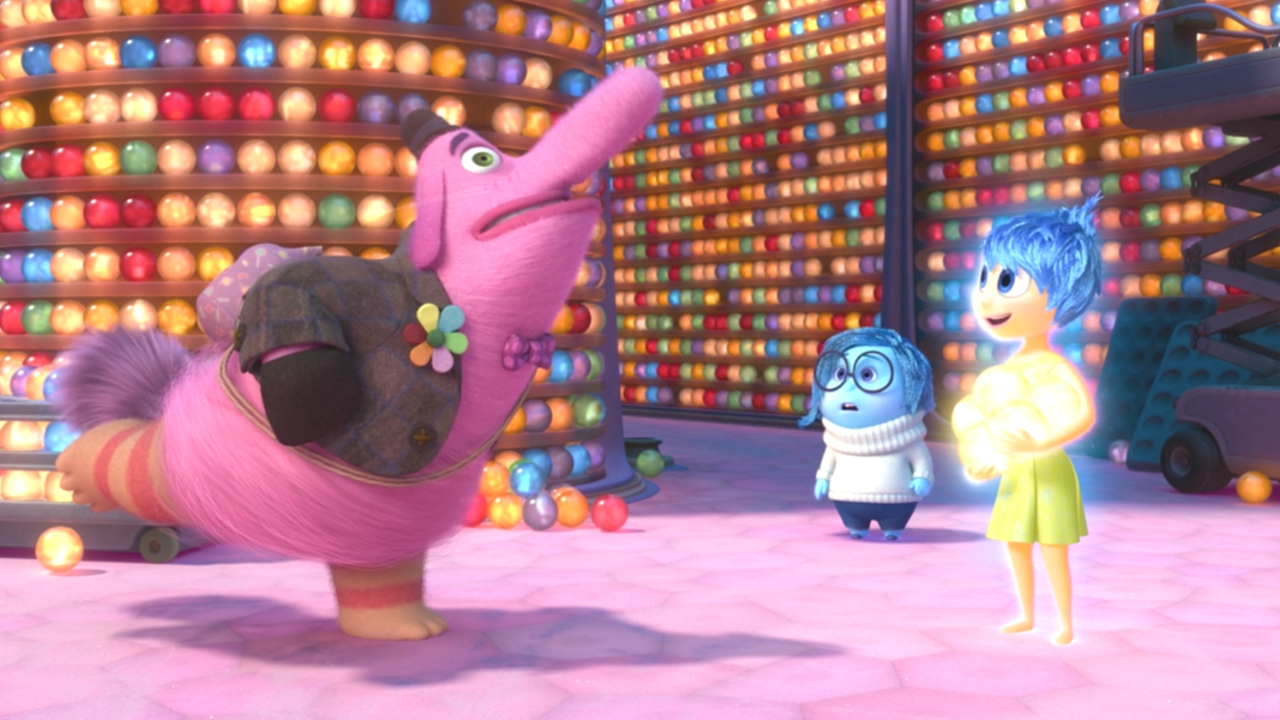
Inside Out Originally Had Many More Emotions Than Those Featured In The Final Movie
In 2015’s Inside Out, Pete Docter and his team at Pixar managed to turn five emotions — Joy, Sadness, Fear, Anger, and Disgust — into meaningful, well-rounded characters, but nearly a couple of dozen other feelings didn’t make the cut. In a 2015 USA Today piece on the movie’s home release, Docter revealed that they had as many as 26 different emotions before he and his team started whittling them down. Some of these included schadenfreude, ennui, pride, and hope. In the end, the cuts were made so that Inside Out could have a more streamlined story, and the fact that the five main emotions already included so many of the other feelings.
Honestly, setting on just 10 behind-the-scenes facts from the making of Pixar movies was no easy task, and with the studio’s slate of upcoming projects, we’ll surely be making additions in the future. In the meantime, get all caught up on all the upcoming Disney movies.

Philip grew up in Louisiana (not New Orleans) before moving to St. Louis after graduating from Louisiana State University-Shreveport. When he's not writing about movies or television, Philip can be found being chased by his three kids, telling his dogs to stop barking at the mailman, or chatting about professional wrestling to his wife. Writing gigs with school newspapers, multiple daily newspapers, and other varied job experiences led him to this point where he actually gets to write about movies, shows, wrestling, and documentaries (which is a huge win in his eyes). If the stars properly align, he will talk about For Love Of The Game being the best baseball movie of all time.
